Middle East
Fear, pain, and a little hope: Volunteer doctors in Gaza | Israel-Palestine conflict News
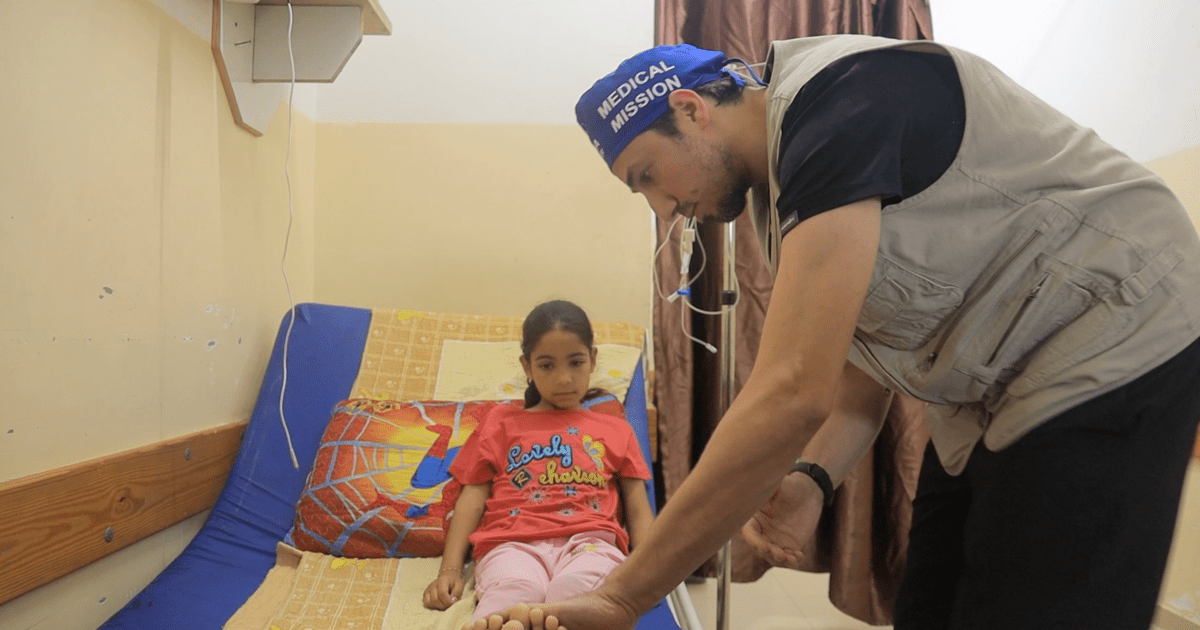
In the Nasser Medical Complex in Gaza’s Khan Younis, a volunteer doctor breaks down as he speaks of the things he has seen during his mission here.
It is impossible to get over the scenes of starving, shocked, and injured children, thoracic surgeon Ehab Massad says.
“The sight of a child standing at the door, bewildered because they have lost their entire family in a bombing, I could never forget that, ever,” he adds in a faltering voice as tears fill his eyes.
‘It will never feel like enough’
Massad is a member of a medical mission by the Rahma Worldwide organisation, one of four doctors working in Qatar to have joined.
“I feel like no matter what we do for [the people of Gaza], it will never feel like enough,” he says.
“[However] the helpless feeling of being outside Gaza and watching the news is gone now; at least I feel like I’m doing my part.”
It’s a feeling echoed by the three other doctors to whom Al Jazeera spoke. Orthopaedic surgeon Anas Hijjawi described a long line of doctors who had signed up for medical missions to Gaza, some of whom had to wait up to five months for a spot on a mission to open up.
Dr Diyaa Rachdan, an ophthalmic surgeon, struggles to keep his voice steady as he tells Al Jazeera that Tuesday was the last day of the mission and the doctors would be heading back to their respective hospitals the next day.
“But I am hoping that there will be more, longer trips to Gaza in the future,” he adds.
Their work in Gaza is not easy, but that is not the reason these doctors are sad to be leaving their mission behind. On the contrary, every day is a struggle as they try to cope with a volume of deaths, illnesses and injuries they simply do not have the equipment to address.
Israel has often prevented the entry of hospital supplies into Gaza during the course of its nearly 19-month-long war on the besieged enclave. Medical missions are not allowed to bring anything in with them.
So, the doctors struggle on with the equipment they can find, sometimes reusing “disposable” medical implements over and over, despite the danger that poses, because there is simply no other choice, Dr Rachdan says.
At the back of their minds, several doctors tell Al Jazeera, is always the thought that people in Gaza die of wounds and illnesses that would be easily treated in any other hospital that has adequate supplies.
![Dr Almanaseer reassures a young patient about the burns covering her body and face [Screengrab/Al Jazeera Mubasher]](https://www.aljazeera.com/wp-content/uploads/2025/04/Screenshot-2025-04-30-at-4.50.35%E2%80%AFPM-1746021548.png?w=770&resize=770%2C481&quality=80)
“Sometimes we can’t cover a patient or take precautions to preserve the sterility of an operating room,” Dr Hijjawi says.
“Sometimes I don’t have the right size metal plates or screws that I need to mend a limb. I’ve had to use the wrong size item … just to get them better enough that they could, some day, travel for more treatment.”
The things that happen to people in war
While doctors coming into Gaza have often followed developments there closely before arrival, nothing, they tell Al Jazeera, could have prepared them for the level of destruction the people of Gaza have to cope with.
“Words can’t describe the pain people are in here, or the level of exhaustion of the medical teams. They’ve been working nearly around the clock for a year and a half now, despite their own personal pain and tragedies,” says the fourth Qatar-based volunteer, urology consultant Mohammad Almanaseer.
There’s a tentativeness in Dr Almanaseer’s voice as he speaks of the case that has impacted him the most deeply, the story of a little boy of about two years old who was brought into the emergency room after Israel had bombed him and his family.
“The usual resuscitation attempts were made with him, but he needed immediate surgery. I was in the operating room, assisting the paediatric surgeon, but it became clear to us that the child probably wouldn’t survive.”
The child died the next morning.
“He was the same age as my son, and even had the same name. Kinan, little Kinan, may God receive you and your mother, who was killed in the same bombing, by his side.”
Injuries as extreme and urgent as Kinan’s are what the medical teams deal with day in and day out, resulting in a large swath of patients who need less urgent care and who keep getting pushed down the list.
Like the patients who have been waiting for months or years for cataract surgery, some of whom were helped by Dr Rachdan during this mission.
The people of Gaza have been forced to carry on throughout the genocidal war on their existence. This strength has inspired a sort of bewildered regard among the visiting volunteer doctors.
Dr Hijjawi tells of an afternoon chat with an operating room nurse who was explaining how he struggles to get to work every day and how he says a final farewell to his wife and children every day, because he never knows what may happen to any of them.

“Then, we heard ambulances coming in,” Dr Hijjawi continues, “and we went to muster in the emergency room. Suddenly, the OR nurse came running past us, desperately asking for an ambulance to go to his house with him because he had heard it had been bombed.
“It took some time … but they finally went out and came back with his parents, who had been killed, and the rest of his family, who had injuries among them. And, you know what? Just two days after this happened to him, he’s here, he’s upstairs working.”
The silence of the shocked
All four doctors seem to have a soft spot for their paediatric patients. It is the children’s pain that affects them the most, and it is their suffering that they will take away with them in their memories.
Al Jazeera follows Dr Almanaseer on his rounds as he visits a young girl in intensive care. She is recovering from severe burns on much of her face and body. In quiet tones, she asks him about whether she will be left with big scars from the burns.
The doctor answers her quietly and seriously, taking time to talk to her until it seems like she’s reassured for today.
Dr Hijjawi is also on his rounds, speaking to a little girl, gently examining her leg and asking her to “lift both feet off the bed for me”. Then he asks a little boy to wiggle his toes so he can check on how he’s healing.
Next is a young girl lying under a recovery blanket in a room on her own. Her right arm is bandaged, which is what he’s there to look at.
He squats on the floor near her bed and moves her arm, then each of her fingers. He’s concerned because she seems to have lost sensation in two fingers and feels the problem will have to be explored surgically, as he tells a concerned relative.
The children are quiet, wide-eyed, doing as they’re told and not saying much else.
“There’s so much they’re dealing with,’ Hijjawi says. “Being in the hospital is scary, but on top of that, so many of them are just lying there waiting, hoping, for someone to visit them – a parent or grandparent or sibling. Some of them don’t know who’s left alive from their family outside the hospital walls.
“Add all that to their physical pain, yes, they are very quiet for very long periods, or their minds seem to wander,” he says quietly.
Dr Rachdan is holding fast to one memory of Gaza’s children that he seems to want to preserve as he gets ready to leave: “One thing that I don’t think I will ever forget is the sight of the children in Gaza who continue playing, despite the destruction.
“They make paper aeroplanes, play ball, despite the tragedy they are surrounded by. I will always remember that.”
Middle East
Sudan’s RSF carries out drone attack near Port Sudan airport: Army | News
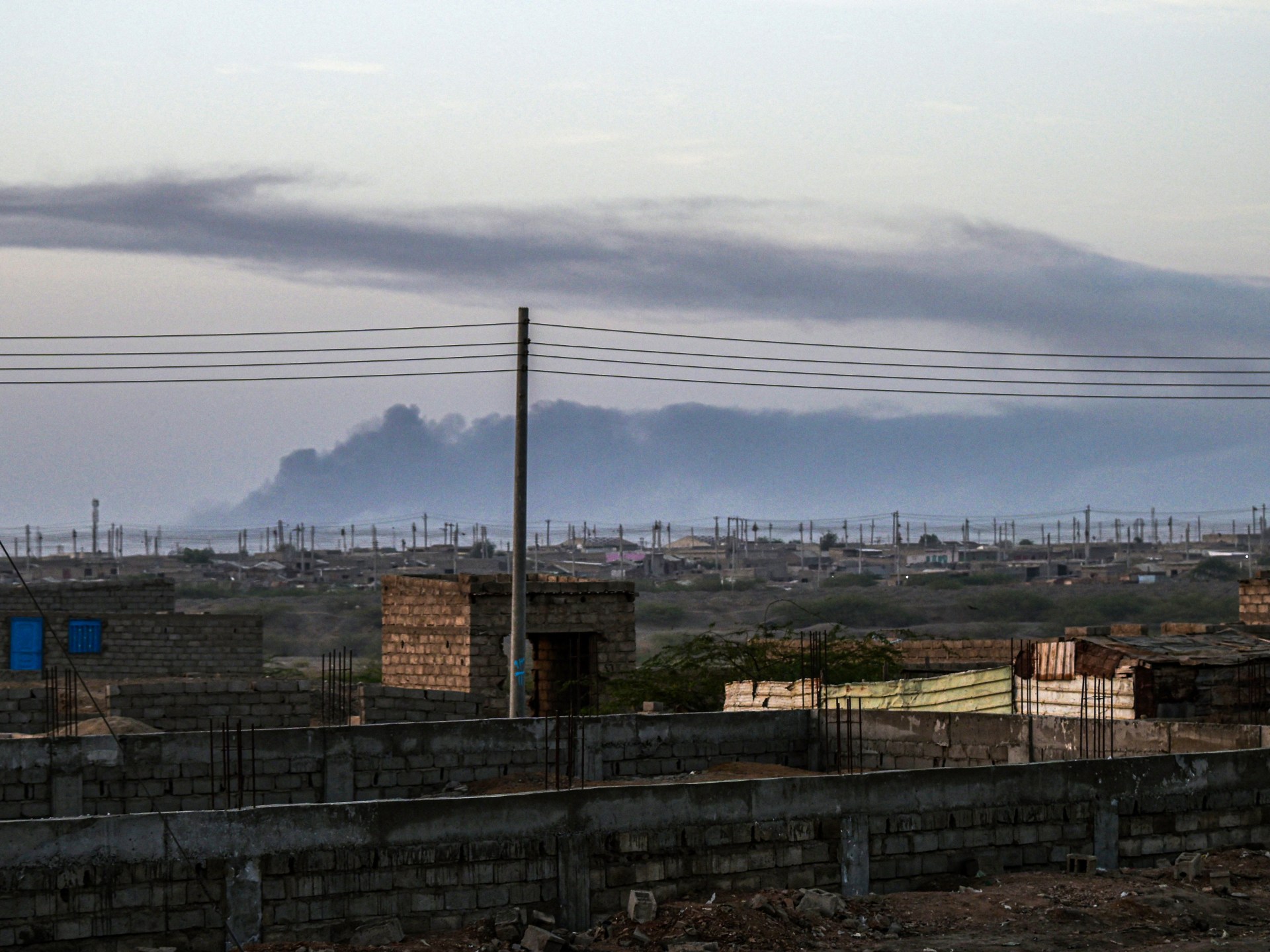
DEVELOPING STORYDEVELOPING STORY,
The army says an airbase, cargo warehouse and some civilian facilities were targeted in Port Sudan in the first RSF attack in the eastern city.
Sudan’s army says the paramilitary Rapid Support Forces (RSF) attacked a military airbase and other facilities in the vicinity of Port Sudan airport.
The army said on Sunday that the airbase was targeted using a drone, as well as a cargo warehouse and some civilian facilities, in the first attack in the eastern city by the RSF.
There are reports of some damage after drones hit an ammunition depot.
“Both the civilian and military airports are in the same place. What we know from residents in the port city is that five drones were launched by the RSF and targeted the airbase,” Al Jazeera’s Hiba Morgan said, reporting from the capital, Khartoum.
“There is a section of the airport that is for civilian flights, but there are military flights that land in the same airport. So, it’s not clear if the drones were targeting the military or civilian facilities or both,” she said.
“There are no reports of civilian casualties yet, and it’s not clear if the RSF was trying to target the fighter jet that was displayed in an air force show there on Saturday afternoon.”
A Sudanese passenger plane was redirected to Jeddah Airport after being unable to land at Port Sudan Airport, according to navigation data from Flight Radar.
The data showed that the plane took off from Dubai International Airport but had to change its route and make an emergency landing at King Abdulaziz International Airport. The plane performed a circular maneuver over the Red Sea before heading back towards Jeddah.
Sudan’s army and the RSF have been engaged in intense fighting since April 2023, with the war damaging the country’s infrastructure and displacing millions.
Middle East
Israelis protest for captives, against Netanyahu’s Gaza war expansion | Israel-Palestine conflict News
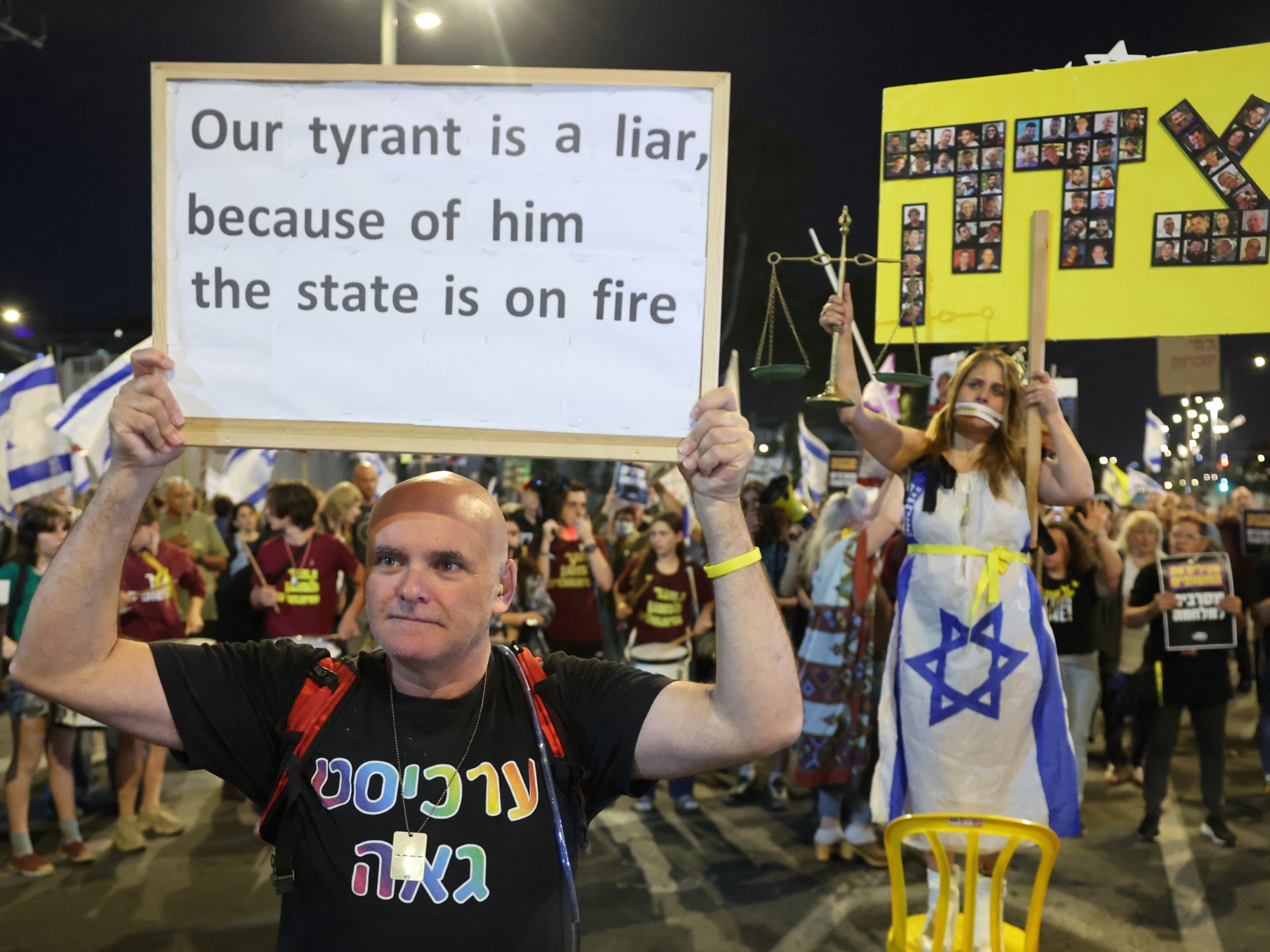
Thousands of Israelis have gathered outside the Ministry of Defence in Tel Aviv, urging the government to prioritise the release of captives still held in Gaza instead of escalating military operations in the Palestinian territory.
The demonstration on Saturday was held as Prime Minister Benjamin Netanyahu’s government authorised the mobilisation of up to 60,000 reserve troops, signalling plans to intensify its assault on the besieged Palestinian enclave.
One protester held aloft a placard castigating Netanyahu that read, “our tyrant is a liar, because of him the state is on fire”.
Government officials claim an expanded military offensive on Gaza will pressure Hamas into releasing the 59 remaining captives, but critics argue it further endangers their lives. Ending the fleeting ceasefire, which saw Palestinian prisoners exchanged for Israeli captives earlier this year, has not led to any more releases.
A video circulated by Hamas on Saturday purported to show one of the Israeli captives, whom local media identified as Maxim Herkin. In the four-minute video posted online, Herkin is seen being rescued by Hamas members after an Israeli attack struck a tunnel, burying and injuring the Israeli captive.
Families of the captives released a statement saying they spent the Sabbath gripped by “excruciating anxiety” after news of the government’s planned escalation and the effect it could have on those still held in Gaza.
The Bring Them Home Campaign, a group representing the relatives, condemned the move as reckless.
“Israel is on its way to sinking into the Gaza mud in the name of the illusion that it is possible to achieve any victory without returning our brothers and sisters from captivity,” the group said in a post on X. “Expanding the fighting will endanger the kidnapped, the living and the dead alike.”
They urged Netanyahu to abandon the offensive and instead reach an agreement that would secure the captives’ return. “Stop this mistake,” the group said.
‘Protests not enough to influence Netanyahu’
Speaking to Al Jazeera, Israeli journalist Gideon Levy said the protest movement remains consistent, but lacks the momentum to challenge Netanyahu’s coalition. “It’s the same old protest, very courageous and devoted, but not big enough to influence Netanyahu,” Levy said.
He noted that a large segment of Israeli society continues to support the war effort, even amid rising frustration from the captives’ families, and that “when [Israelis] are called to war, they will obey.”
Netanyahu, speaking Thursday at a public event in Jerusalem, seemed to suggest that defeating Hamas remains Israel’s top priority instead of the release of captives. “We want to bring all our hostages home,” he said. “The war has a supreme goal, and the supreme goal is victory over our enemies, and this we will achieve.”
Captives’ families have accused Netanyahu of undermining previous attempts to reach a truce and swap deal. Some believe his refusal to compromise reflects political motives, aimed at ensuring the survival of his far-right coalition government, rather than genuine concern for the captives.
Middle East
Iran reasserts uranium enrichment rights as further US talks delayed | Nuclear Energy News
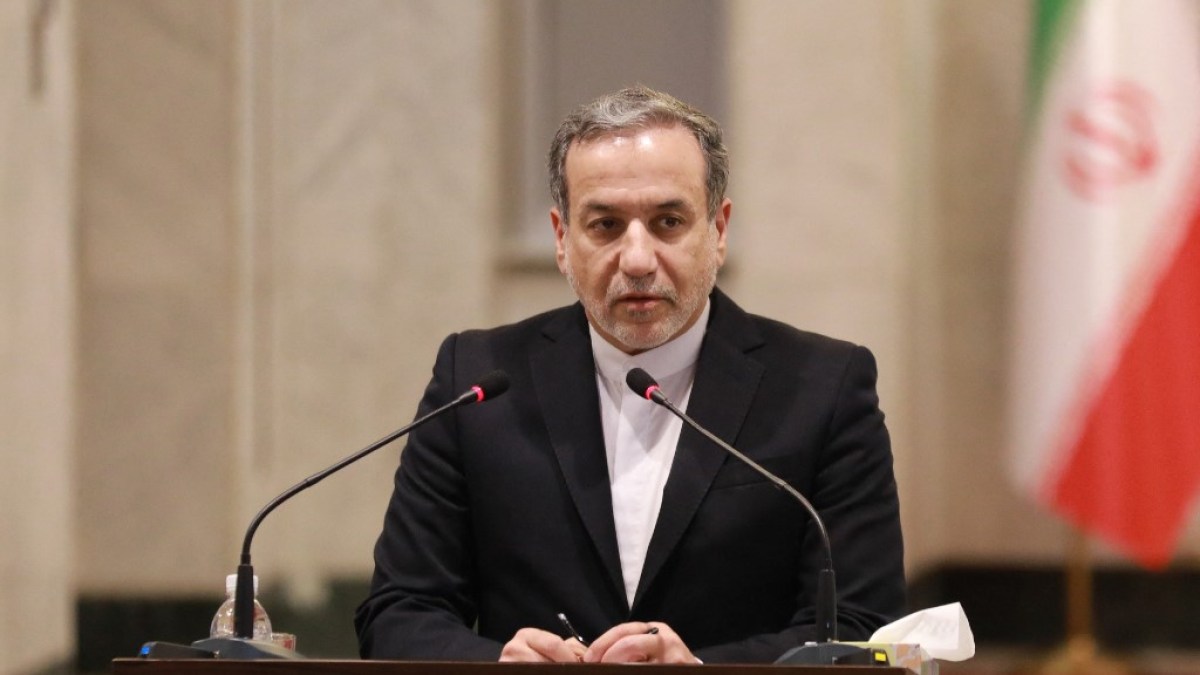
Foreign Minister Araghchi insists Iran’s nuclear activities are civilian in nature.
Iran has defended its right to enrich uranium, doubling down on a long-held stance as the next round of nuclear negotiations with the United States in Oman were abruptly delayed.
Foreign Minister Abbas Araghchi took to social media on Saturday to declare, “Iran has every right to possess the full nuclear fuel cycle,” referencing the country’s membership in the Nuclear Non-Proliferation Treaty (NPT).
He added, “There are several NPT members which enrich uranium while wholly rejecting nuclear weapons,” underlining Iran’s argument that its nuclear activities are civilian in nature.
“Maximalist positioning and incendiary rhetoric achieve nothing except eroding the chances of success,” added Araghchi, in reference to the US position that Iran must stop all enrichment activities.
In a Thursday interview with Fox News, US Secretary of State Marco Rubio urged Iran to halt its enrichment efforts, arguing, “the only countries in the world that enrich uranium are the ones that have nuclear weapons.” However, countries like Germany, Japan and Brazil also conduct enrichment without possessing nuclear arsenals.
The comments come after a fourth round of indirect talks between Washington and Tehran, originally scheduled for Saturday, was postponed.
I generally refrain from airing arguments on key negotiation elements through the media.
What I will say is that repeating falsehoods will not change basic facts. As a founding signatory to the NPT, Iran has every right to possess the full nuclear fuel cycle. Moreover, there…
— Seyed Abbas Araghchi (@araghchi) May 2, 2025
Oman, acting as a mediator, cited “logistical reasons” for the delay. A new date remains unconfirmed, with one Iranian official telling the Reuters news agency it would depend on “the US approach”.
The setback follows a new wave of US sanctions tied to Iran’s oil sales and alleged continued support for Yemen’s Houthi rebels. Tehran responded by accusing Washington of sending “contradictory messages” that undermined diplomacy.
France added to the uncertainty earlier this week when Foreign Minister Jean-Noel Barrot claimed Iran was “on the verge of acquiring nuclear weapons” – a charge Tehran dismissed as “simply absurd”.
Iran, which insists it does not seek a bomb, has consistently maintained its nuclear programme complies with IAEA oversight.
Araghchi reiterated that Iran’s right to enrich was “non-negotiable”, even as IAEA chief Rafael Grossi suggested on Wednesday that any enriched material in Iran could be either dissolved or exported if a deal were reached.
The diplomatic deadlock comes as global powers weigh whether meaningful progress can still be achieved on reviving the 2015 nuclear deal brokered by world powers, which collapsed after the US, under the first Donald Trump presidential term, unilaterally abandoned it in 2018.
The 2015 deal, known as the Joint Comprehensive Plan of Action (JCPOA) saw Iran curtail its nuclear programme in exchange for sanctions relief.
-

 Africa2 days ago
Africa2 days agoFear and uncertainty grip Haitian workers in Texas meatpacking plants amid immigration crackdown
-
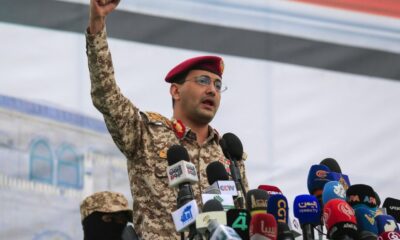
 Conflict Zones2 days ago
Conflict Zones2 days agoYemen’s Houthis launch missiles at Israel, army says it intercepts | Houthis News
-

 Europe2 days ago
Europe2 days agoPrince Harry says father, King Charles, no longer speaks to him but hopes to reconcile
-

 Lifestyle2 days ago
Lifestyle2 days agoSmurfs, dragons and aliens: Family movies lean into magic and wonder this summer
-

 Europe2 days ago
Europe2 days agoJD Vance says war in Ukraine ‘not going to end any time soon,’ hours after US signs minerals deal with Kyiv
-

 Middle East2 days ago
Middle East2 days agoDrones hit ‘Freedom Flotilla’ Gaza aid ship in international waters | Israel-Palestine conflict News
-
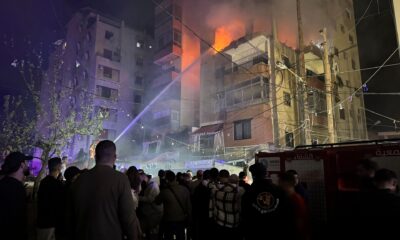
 Middle East2 days ago
Middle East2 days agoLebanon warns Hamas against attacks threatening nation’s security | Israel attacks Lebanon News
-

 Sports2 days ago
Sports2 days agoJalen Brunson game-winner lifts New York Knicks over Detroit Pistons and into second round of NBA playoffs




